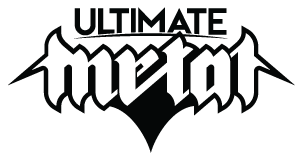Yes, it would. I do it for live gigs each time I get a digital mixer in front of me so there usually is no outboard gear, so its REALLY nothing special. Remember:
if there is nothing wrong with it, DON'T FIX IT. If this is not the case, then he first paragraph is false.
Just start with the basics, everything panned center, remember that the most important things are in this order: message, rhythm and everything else. First align the tracks (if needed) and set the low volumes and so that the balance is right.
If there is nothing wrong with it as is, DON'T FIX IT. If the mix is busy, spread the mix with panning a little. If you still can't hear the vocals after this well enough, add mild compression, nothing else, because
If there is nothing wrong with it as is, DON'T FIX IT. Add EQ only if there is a problem because, as the name equalizer refers, it is a tool to eqalize lost signal, but still remember:
If there is nothing wrong with it as is, DON'T FIX IT. If the whole package sounds a little dry, add just a little reverb to the drums and maybe vocals (I personally like delay more but as you don't have it, don't use it). But if it is fine already, don't add it, because
If there is nothing wrong with it as is, DON'T FIX IT.
get the pattern?
...the last gig I did was so that EQ:s on 90% of channels the were straight or so that the lowshelf was -3dB, but I turned the highpass switch "on" on almost all the channels except the kick and bass DI to clarify the sound a lot.
Remember:
If there is nothing wrong with it as is, DON'T FIX IT. After you get that down, you are good


